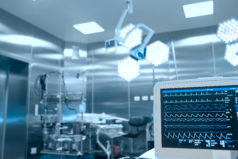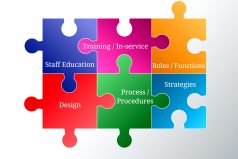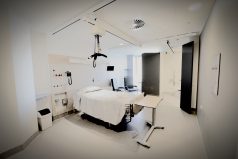Communicating with audiences permits me to bridge the gap between conceptual ideas, philosophies, and ideologies outlined on paper and the lived experiences of those on the front lines of clinical practice.
Taking the stage has always been a gratifying aspect of my work. It allows me to unveil the unspoken realities of the clinical workplace, underscoring the injury risks inherent to the profession. It is quite a revelation to note the selflessness that clinical professionals embody, often oblivious to the potential hazards until they themselves have experienced a workplace injury.
In my talks, I place a spotlight on the physical risks that accompany patient care. I emphasize that there isn’t a foolproof manual lifting technique that can protect us from injuries when tasked with lifting the weight of a human being. Some may contend that practicing proper body mechanics is the panacea for preventing such injuries. However, these arguments fail to acknowledge that such techniques were designed for lifting static objects, not humans. A demonstration of these “appropriate” body mechanics in real-life human interactions usually results in laughter from the audience. Yet, the grim reality remains: we’ve clung to these methods simply because we lack a safer alternative for manual lifting. As a consequence, nursing tops the charts in work-related injury statistics, according to the Bureau of Labor Statistics.
Once I’ve led my audience through this stark reality, I steer them towards optimism, borne from technology and innovation. The answer to shielding clinical professionals from debilitating musculoskeletal injuries lies in embracing Safe Patient Handling programs and patient-lift technology. The reactions from audiences typically range from enthusiasm to skepticism. This diversity of opinions underscores the need for experts in Safe Patient Handling who can confidently navigate these concerns, and propose pragmatic solutions that improve traditional nursing practice.
Leveraging my professional nursing experience, I argue for a tactical application of patient lifts in clinical environments. With these strategic measures, it’s possible to deliver top-tier patient care without the risk of enduring debilitating injuries.
Interested in learning more about how to safeguard your staff from patient handling injuries? Contact Roric to book me as a speaker for your next informational gathering.





